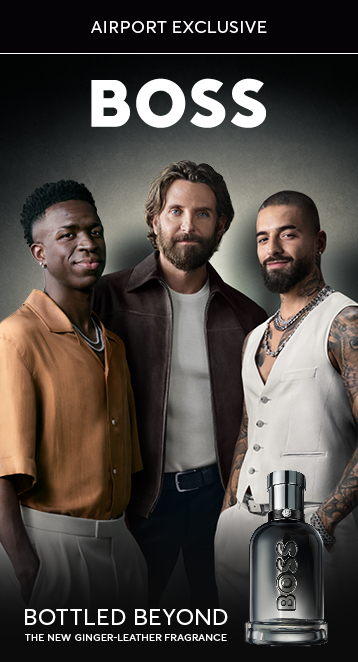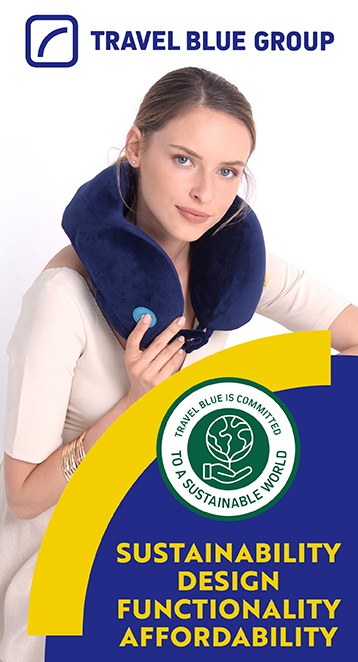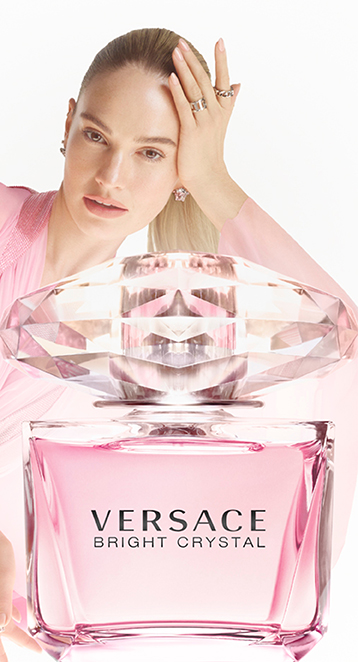In one of the highlight sessions of The Retail Day at Seatrade Cruise Global in Miami on 10 April, The Moodie Davitt Report hosted a discussion on the future of the sector involving a cruise line, concessionaire and brand owner. We present edited highlights.
How does each member of the cruise industry ‘Trinity’ see the market today and tomorrow? How can cruise lines, concessionaires and brand owners collaborate more deeply for the benefit of the guest via stores, offers and campaigns? How can the sector overcome sometimes siloed thinking to create a more unified, coherent experience for the guest via retailing?
Those were some of the questions moderator Dermot Davitt put to Carnival Cruise Line Vice President Guest Commerce & Onboard Revenue Luis Terife, Starboard Cruise Services President and CEO Lisa Bauer and LVMH Beauty Managing Director Travel Retail Americas André Marzloff, as part of a panel discussion at Seatrade Cruise Global’s inaugural edition of The Retail Day on 10 April. Highlights of the conversation feature below.
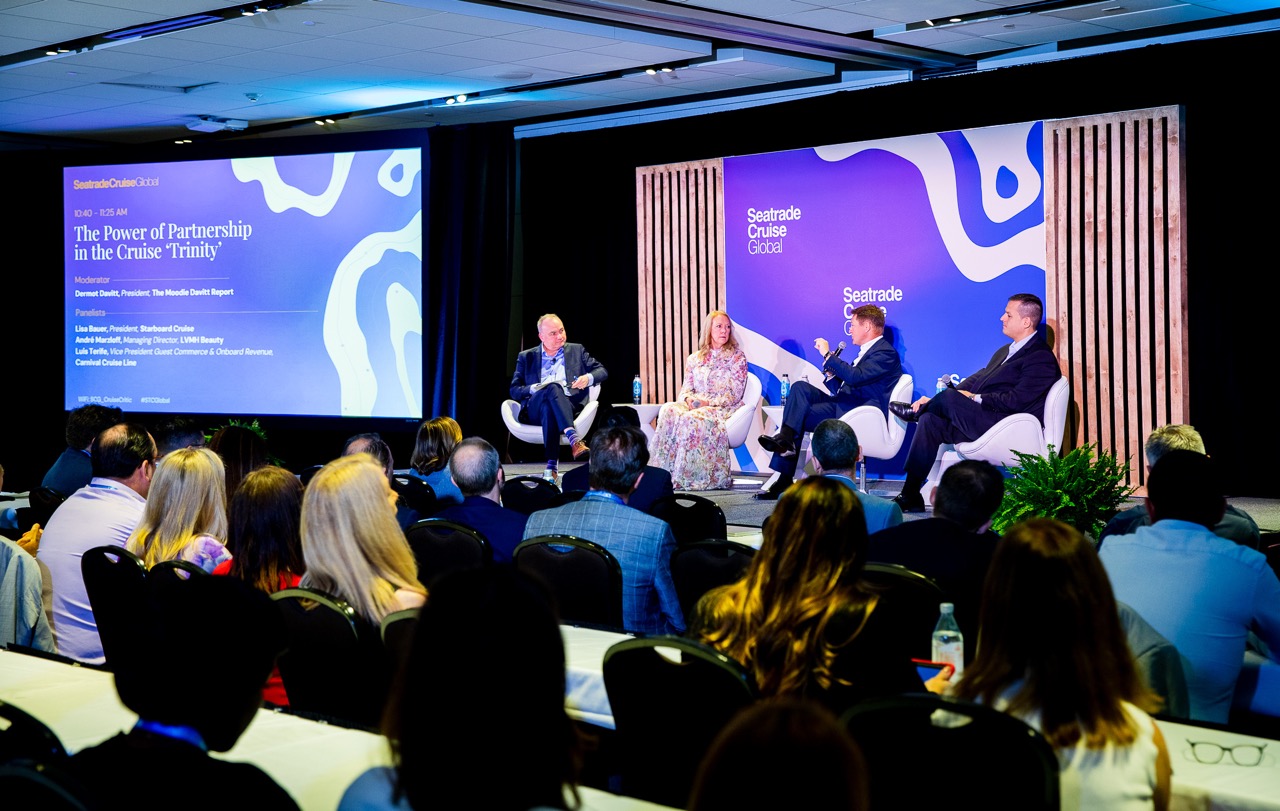
To begin, can you assess where you are on the recovery and growth path?
Lisa Bauer: The very good news is that onboard spend for retail has surpassed where it was in 2019. We are starting to see a slowdown in what we used to call ‘revenge spending’.
In terms of trends, increasingly we see more guests coming with their phones and price shopping more than they did in the past. And that is a really good wake-up call for us all because we must offer different products that people do not see on their phones, such as cruise exclusives.
Luis Terife: We had an amazing 2023, with +30% growth [in retail] from the same number of guests that we had in 2019. We saw that growth in multiple categories: fine jewellery, logo, leather, liquor, plus we had new ships which helped of course.
Now in 2024 we are not seeing +30% growth but +10-15% sales growth is still significant. We need to continue to work hard to make sure that we have the right value proposition for our guests.
With spend moderating we have to look at our guest mix also. We see more new-to-cruise guests and we see more families today. So we have to ensure we cater not just for the traditional guests, but for those that are new. They really need to understand the value of buying onboard compared to on land and what, for example, exclusive-to-cruise really means.
For families and kids we have product but we are still seeing white space, so how we can deliver more when they come for Spring Break or summer? We can do more to create the right product and experience in all categories, driving entertainment but also driving retail.
It’s important to note that of the ten onboard revenue categories, we do retail in seven of them, from spa to shore experiences and more, so this is not only about the stores. It’s about entertainment, programmes tailored for families. They have different spending patterns so it’s about working how we get a larger share of revenue from this group based on their interests and activities.
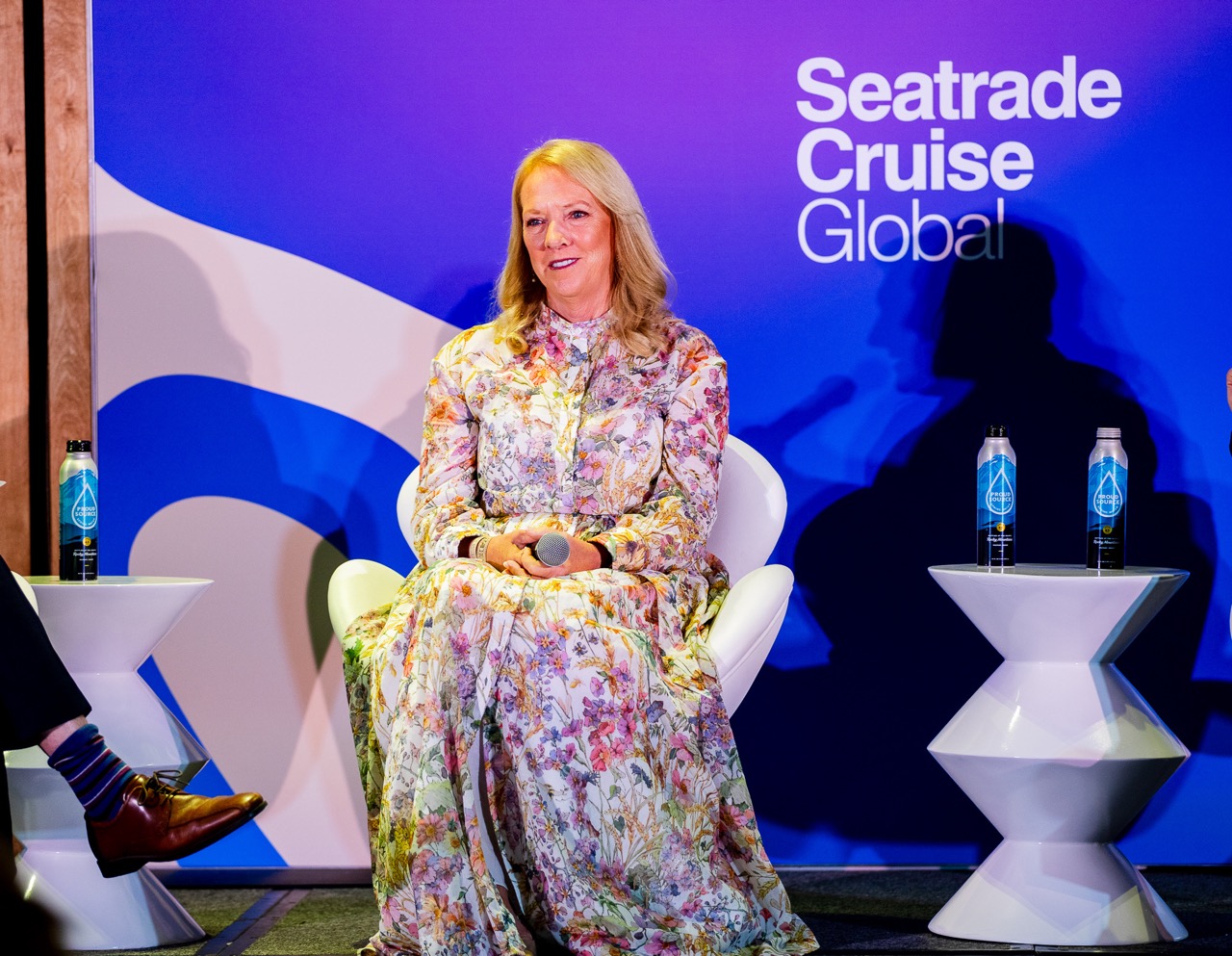
Lisa Bauer: We consider this a lot. The family market continues to grow so rather than worrying about falling average spends because of these new demographics we have to come up with experiences that will enable us to sell to these new groups. There are opportunities and families and kids are high among them.
Targeting those groups begins with us hiring a dedicated, senior buyer that has expertise in that field – someone that is aware of everything that is happening on land, knows about the hottest-selling games, toys for kids of all ages, and then can specifically curate for the Carnival guest or the Royal Caribbean guest or guests onboard any of our great partners.
Tapping into these groups is less about selling high-margin items and more the fact that it’s money that these guests are not spending with us. It’s an incremental growth opportunity.
André Marzloff: In my region we have seen South and Central America recover well compared to 2019. North America and cruise (worldwide) is not there yet for one main reason, that the PRC traveller has not yet returned.
For us, cruise is still under 5% of the business compared to the other major travel channels, but it’s a channel we invest in and believe in. It’s not all about size; the quality of that business matters too.
With the US passenger at levels far above 2019, especially in the Caribbean, we are seeing booming sales in fragrances, even if skincare and cosmetics are a little behind.

And what is the next level in terms of engaging the cruise traveller in beauty and luxury in your view?
André Marzloff: First, what we see is the average age getting younger, as a new generation of young adults travels. The other trend we are observing is that consumers today are a lot more focused on wellbeing and treating themselves. That has emerged since the pandemic.
Sustainability is an important topic. Where is the brand coming from? How is it made? What is the story behind the product? That’s a factor across all channels for customers.
And one other thing: we are no longer in a transactional model of doing business, we are in the business of experiences. They are looking for engagement. They are looking for recommendations. We as brands have a lot of content and are looking to make this link to the consumer with our partners.
That question of how to approach the consumer is an interesting one. Luis, we are in an era where hyper-personalisation is the demand but you are also working across a wide array of customer types and audiences. Is that a difficult balance to achieve?
Luis Terife: We are really catering to two different axes, the geographical destination and the consumer demographics.
From a geographical point of view, we need to make sure that we have the right product for the guests from that source market. In Australia, beauty is critical and we need to have the right products for each ethnicity, age and so on.
In Alaska or in Europe, we need to create authentic retail experiences, knowledge, content and merchandise onboard, creating a value proposition that the guests cannot find online.
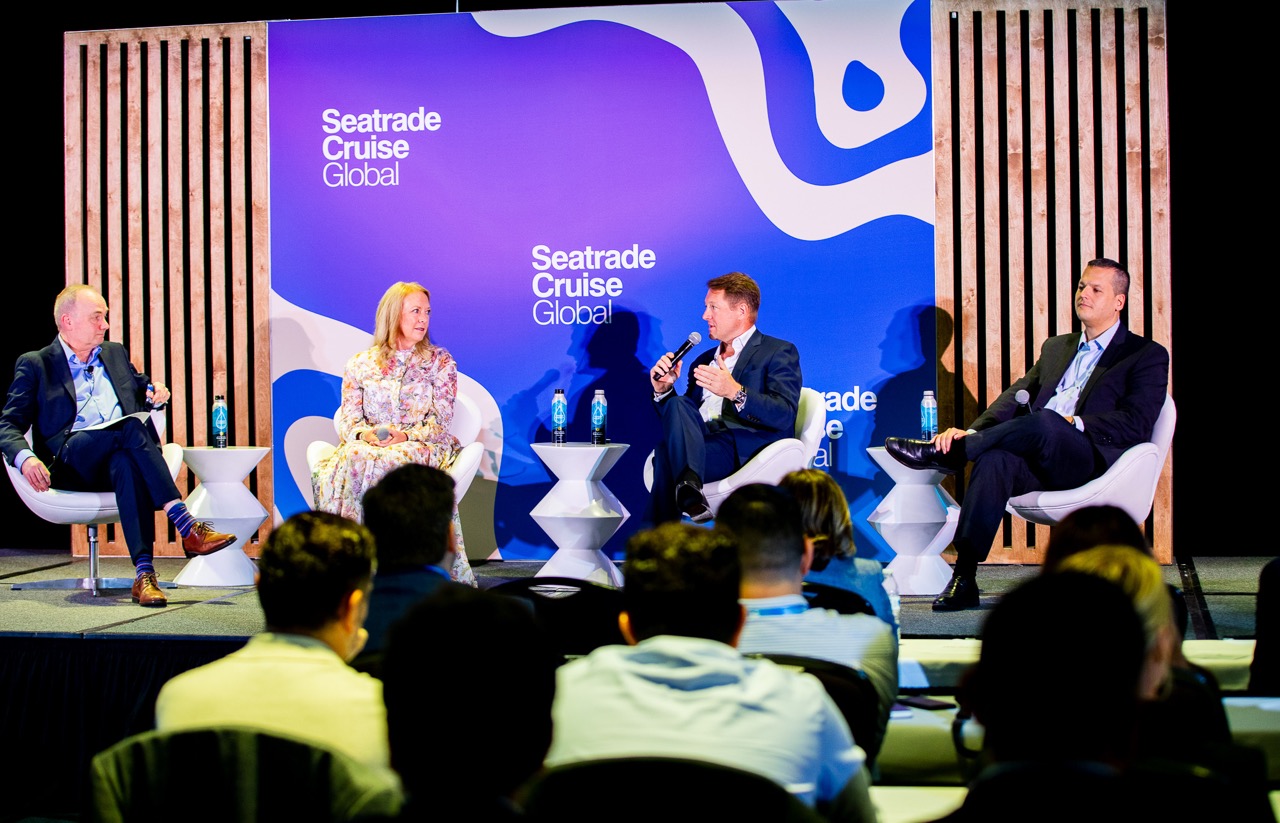
From a demographic point of view, I would say Carnival is the most diverse cruise line in terms of race, ethnicity and age. That means understanding well what skin types or fragrance preferences there are in beauty for example.
And the other element is group composition. It’s not the same trip with your spouse as it is on a wider family trip, and the offer needs to reflect that.
How big a challenge is hyper-personalisation, Lisa, in unlocking consumer spend growth?
Lisa Bauer: We think about destination, personalisation, customisation and activation.
We have recently started doing some cool things where people can put their initials on bracelets, customise them for gifting and really leaning into destination.
You have to have the environments to bring these things to life and one example I will use is the bar. We know that if a guest goes to a liquor tasting and they like it, they are going to buy.
But you look at the liquor stores on the ships, and it is a lot of bottles, and we cannot give them to the guests until the end of the trip. If we have this space, why can’t we create an electronic liquor wall? Or a classy bar environment that lends itself to tastings from which we know the results follow?
We have got to partner with our cruise lines to create an environment that lends itself to bringing guests in and sitting them down and delivering an experience. We are doing some of it, but not at scale and that’s where I think the opportunity is.
As retailers we have got to be involved earlier in the process to figure out the right environment for some of these activations and excitement zones. We often struggle with having to stay inside the four walls of the shop to create a pop-up, for example.
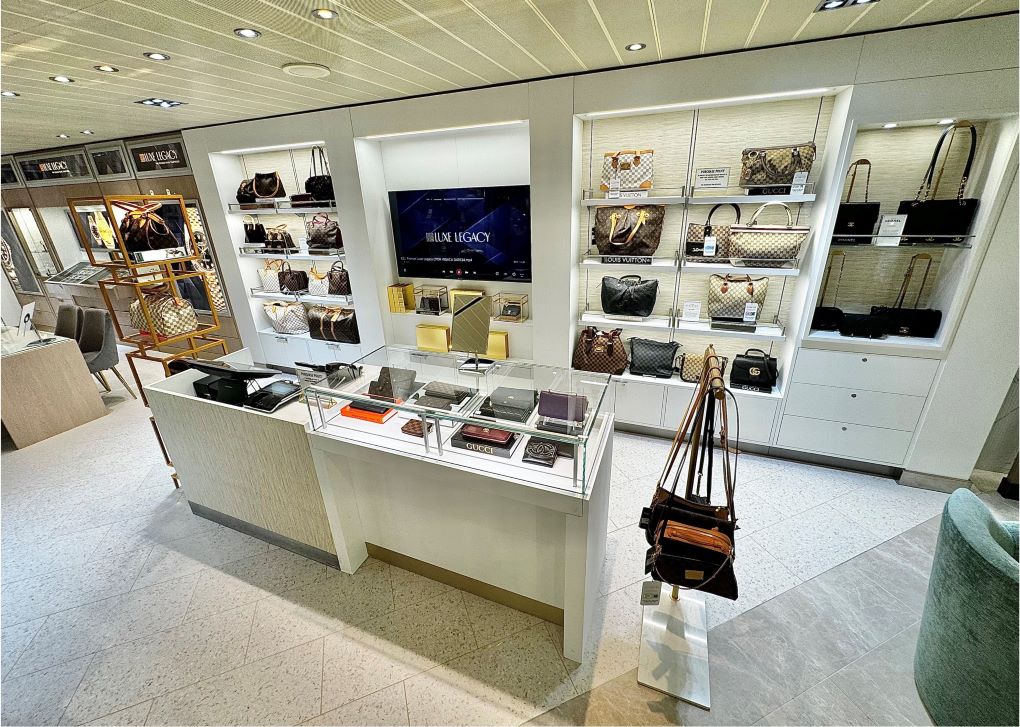
With that in mind, what does a good partnership look like to you, Luis?
Luis Terife: It comes back to having the right products and the right experiences onboard. It means innovation too, both on the experience side, but also on the product and merchandise side. And then how can we engage the brands and the [retail] partner earlier as we build ships three years out? We need to make sure that we are involving the other parties on the concepts, design, space optimisation and merchandise optimisation.
So does that mean talking to all potential players about a forthcoming ship at RFP stage, even before you appoint a retail partner, maybe even three years in advance?
Luis Terife: For the existing fleet we know when a ship will go into dry dock and we plan 18 to 24 months in advance, and we know the partner, and know what the potential of the ship is today and tomorrow.
The second element is new builds. We have announced two new ships to come in our Excel class, following Carnival Celebration and Jubilee, in 2027 and 2028.
Most likely the RFP process for these will happen a year from now, but it doesn’t prevent us engaging with all the partners on concept testing. We can look at the guest profile, at digital innovation, at experience innovation, at new categories. So we are asking what is the immersive retail experience that we can bring into play for the next ships?
Lisa Bauer: Certainly that is music to my ears and we have been talking to Luis about this for some time. You can visit Neiman Marcus on a Saturday and they have a DJ or are pouring Champagne. In cruise you can have a space and fill it with the greatest visuals and merchandise, but it won’t be a great environment unless you can plan for experience in advance.
That’s one opportunity. Another on which we have not cracked the code is the integration of retail with the food & beverage and entertainment programmes onboard. The ships do an incredible job on culinary but it’s run by different people and we need someone to be thinking about how it can benefit all departments.
The big ask is to get everybody aligned on how can we materially impact the guest experience – that includes through entertainment. We know that the fashion shows we have done, though they are hard work, have a material impact on the business.
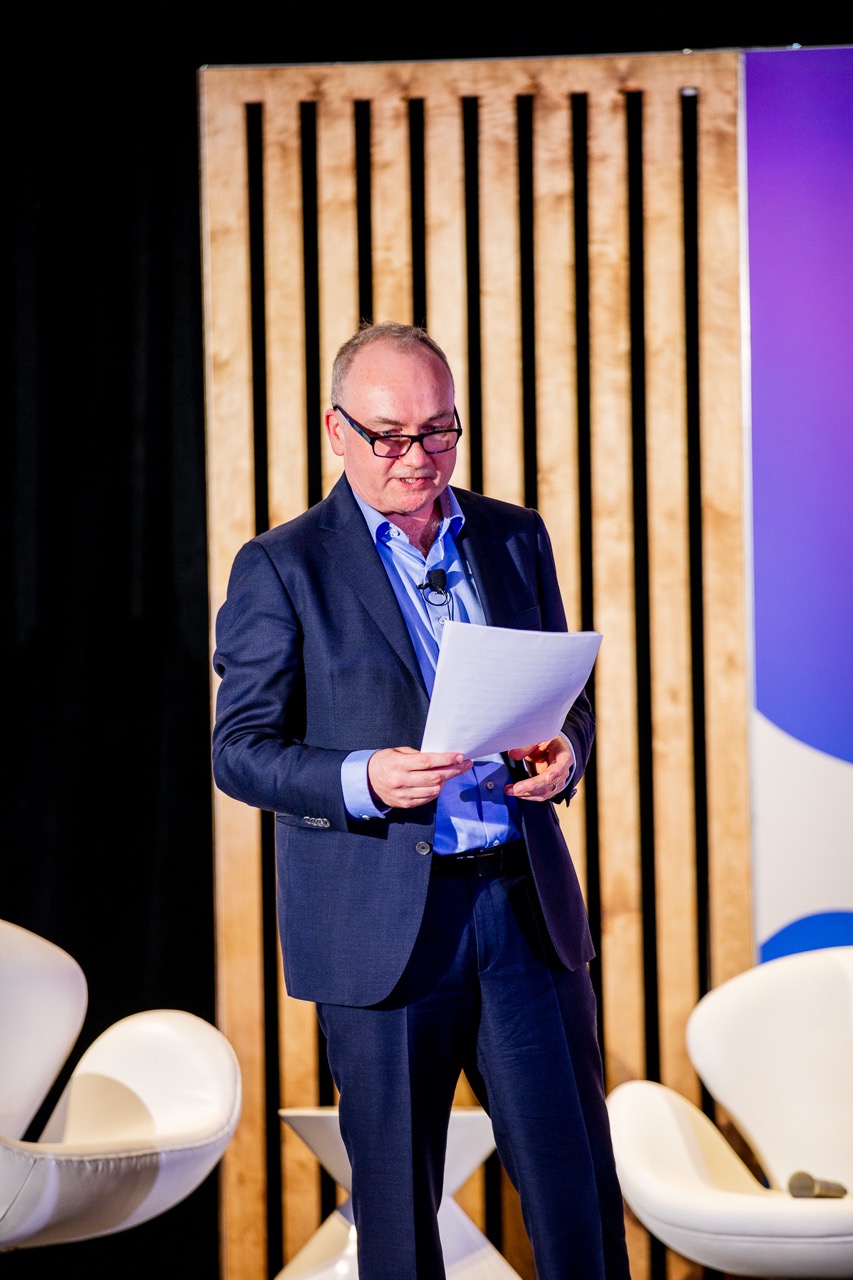
And then in terms of opportunity, at Starboard with our new joint-venture structure, we have an ability to think about the entire customer journey, before the cruise, on the cruise and at home. We are all leaving money on the table because we are not connecting with the guests outside the time they spend onboard in the other 51 weeks of the year.
Yet there is an opportunity for the cruiseline to stay connected; we know who the guests are and what they shop in detail.
We can offer them much more than we do now, from Broadway shows to other experiences via an ecommerce platform. It’s probably the thing I am most excited about for our future.
Luis Terife: We know that for every department it is about guest satisfaction and about profitability. There is a lot of openness from the entertainment team to be engaged or support some of the experiences that we do in retail.
Recently, with our onboard media partner, we made a shift in the port shopping programme that supports not only port shopping but also onboard revenue.
We are now testing an activation we call the ‘Carnival Insider’ with a person who knows not only what is happening onboard, but also what happens ashore and they explain to guests how to take best advantage of the time onboard the cruise and also when they go to the port. It takes in entertainment, onboard and land-based destinations that we support.
What are your asks of the other partners, André?
André Marzloff: Lisa said something very important about understanding each others’ objectives and strategy.
We are in a very fast-moving environment with customers changing their habits on a regular basis. And our challenge is to understand them in advance and anticipate, which is not that easy to do when you build a ship.
From a brand perspective, we have such a broad distribution at different levels. And today, especially in our group, we are very customer-centric, and we have this intention of getting closer to our customer. That helps us to understand what our customers are looking for, what they are experiencing, what works, what does not work. And that allows us to create content that we put at the disposal of our partners, adapted to their environments.
We have a lot of content, which allows us to be very flexible and adaptable, bearing in mind that we also have our objectives in terms of brand image, brand display, merchandising and so on. We need to keep adapting to new challenges ahead, with new ships and projects.
What’s your view of the cruise environment overall?
André Marzloff: The ideal perspective as we see it is about brand innovation, direct to retail and our own stores in which we can really express the brands. We are our own number one retailer in some cases. But aiming for direct retail on cruises is not realistic, at least not at the moment. So we need partners who have the knowledge and who can master what is a complicated process.
There are constraints, just as there are at the airport, but at the end of the day we all want that the customer has an experience, that the product is in the right environment with the right service. That is where you make the conversion.
We know that some brands have questioned the value of cruise – do we talk the opportunity up enough to the wider audience?
Lisa Bauer: On some of our ships, the luxury footprint is very small. You can have the ideal guest with the ideal product, but if you don’t have the space you won’t be able to deliver on what some brands want.
But there is still a lot of opportunity to deliver up and coming and discovery brands in cruise. They need us as a point of distribution and we can give them that opportunity.
You have all mentioned innovation, but is there a great leap forward you would like to see that would change the nature or enhance the reputation of cruise in a big way?
Luis Terife: We need to continue on the path we have been on but we need to go bigger and bolder. Pre-cruise is a big opportunity, one that we don’t do well enough. If the app is available before I travel, can I already start booking or learning about the products or experiences I will encounter? We can also do better at personalisation pre-cruise, even of shopping.
Onboard we need to bring entertainment and education together much more. That can be across multiple categories, for example Scotch and watches, or sips and scents. What are we doing with bar, with entertainment, with spa?
Then there is post-cruise. Now that you have tried and you have tested can we get some share of what you always spend when you come back home? And then across the whole journey, how through digital, AI and targeted marketing can we go to the guest with the right offer at the right time?

André Marzloff: We know there are different routes and ships so generalising is difficult, and luxury is about customisation. You may have seen the Dior Riviera-themed activations over the past two years, which is a complete takeover for days or weeks of a hotel, restaurant or beach location. Why not do this on a cruise ship?
We know from our domestic markets that when we do beauty or luxury masterclasses, conversion is very high. That is an opportunity on the event and experience side.
Lisa Bauer: There are two things. We are now very much about curation, not just about boutique. And as we do dry docks or new builds, rethinking how the environment can come to life.
The other thing I’m optimistic about is the idea of staying connected with the guests before they cruise and when they get home. They are shopping before their cruise – though often not with any of us – and buying their 25th anniversary t-shirts or other messages of celebration or around a theme related to their trip. Why aren’t we doing this? We can do it today. We are leaving money on the table.
It’s not about selling the product on the ship, it’s about reaching them with something meaningful wherever they are on the journey. So we can be transformational, which is not about an activation here or there. This is really about changing the vision for our industry. ✈
*This article appeared first in The Moodie Davitt Report May Magazine. Click here to access that title and turn to page 210.




